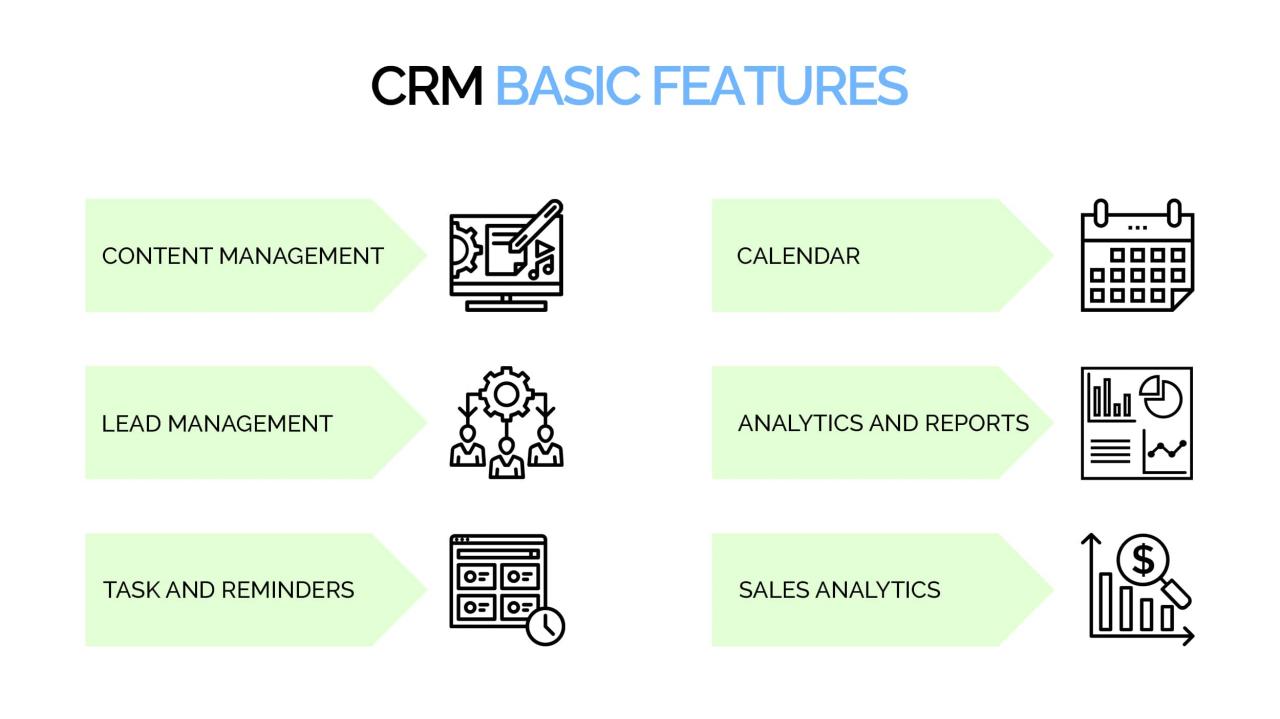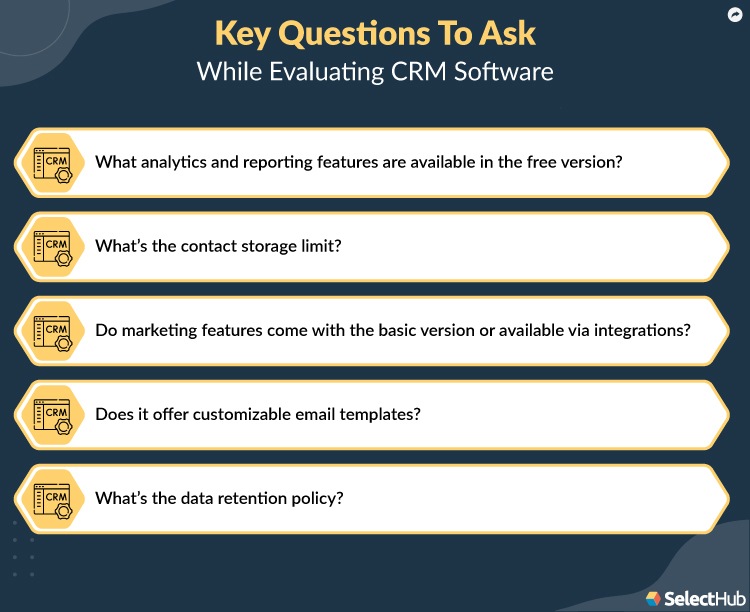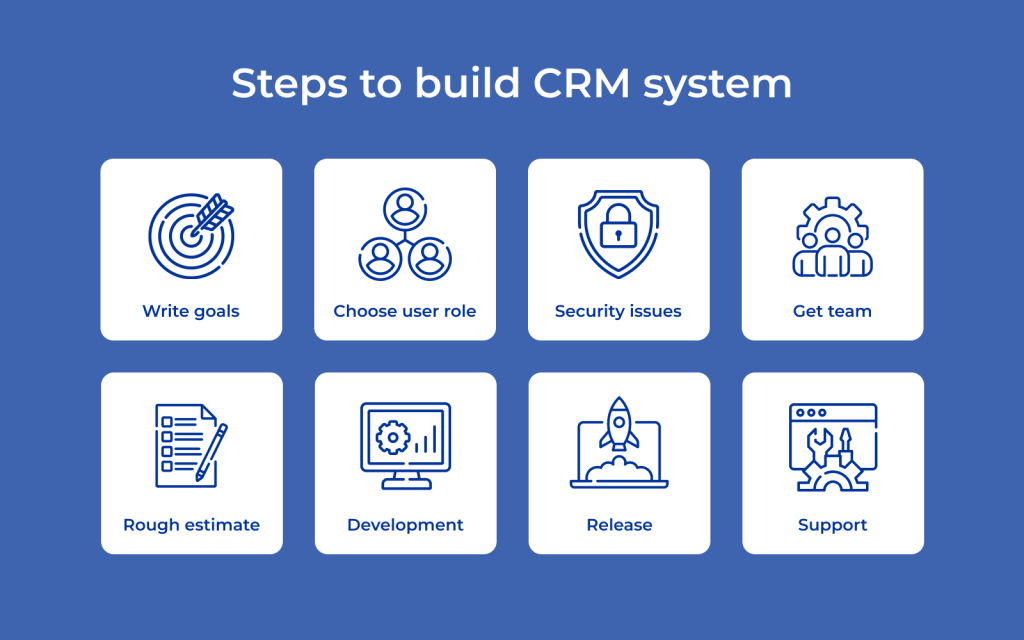Best CRM features for improving customer service and satisfaction? It’s not just about ticking boxes; it’s about transforming how you connect with customers. Think personalized experiences, lightning-fast responses, and happy customers who become loyal advocates. This deep dive explores the essential CRM features that elevate customer service from good to great, showing you how to build stronger relationships and boost your bottom line.
We’ll unpack the tools and strategies that empower your team to deliver exceptional service, turning every interaction into a positive experience.
From centralized data management that gives you a 360-degree view of each customer to automated communication tools that handle routine queries with efficiency, we’ll cover the key features that make all the difference. We’ll also explore the power of knowledge bases, robust reporting and analytics, and seamless integration with other business tools. Get ready to unlock the full potential of your CRM and redefine your approach to customer service.
Centralized Customer Data Management

Imagine this: you’re a customer service agent, and a customer calls with a problem. Instead of frantically searching through multiple databases and systems, you have instant access to their complete history – every interaction, purchase, support ticket, and even social media engagement – all in one place. That’s the power of centralized customer data management within a CRM. This unified view drastically improves efficiency and customer satisfaction.A CRM with centralized customer data management creates a single, unified customer profile.
This profile acts as a central repository for all customer interactions, providing a holistic view of their relationship with your business. This means no more fragmented information scattered across different departments or systems. Instead, every agent, regardless of their department, has access to the same comprehensive information, leading to better service and stronger customer relationships.
Benefits of a 360-Degree Customer View
A 360-degree view of the customer, facilitated by a centralized data management system, significantly reduces service response times and enhances personalization. Having all customer information readily available allows agents to quickly understand the context of a customer’s inquiry, anticipate their needs, and offer tailored solutions. This proactive approach fosters stronger customer loyalty and improves overall satisfaction. For instance, if a customer calls about a product issue, the agent can instantly see their past purchase history, previous support interactions, and even their preferred communication method, enabling a faster and more personalized resolution.
Comparison of CRM Systems with and without Centralized Data Management
The following table illustrates the tangible differences in key metrics between CRM systems with and without centralized customer data management. These are hypothetical examples based on observed trends in customer service performance.
| Customer ID | Interaction History Access | Resolution Time (minutes) | Customer Satisfaction Score (out of 5) |
|---|---|---|---|
| 12345 | Fragmented across multiple systems | 30 | 3 |
| 67890 | Unified view in CRM | 10 | 4.5 |
| 13579 | Fragmented across multiple systems | 25 | 2.5 |
| 24680 | Unified view in CRM | 5 | 5 |
Personalized Customer Experiences Through Centralized Data
Centralized customer data empowers businesses to deliver truly personalized experiences. By leveraging the comprehensive customer profile, businesses can tailor their interactions to individual preferences. This might involve proactively suggesting relevant products based on past purchases, offering customized support solutions based on past interactions, or simply addressing customers by name and acknowledging their previous interactions. For example, a CRM could automatically trigger a personalized email offering a discount on a complementary product based on a customer’s recent purchase.
This level of personalization significantly improves customer engagement and loyalty, setting your business apart from competitors.
Reporting and Analytics

Unlocking the power of data is key to truly understanding your customers and optimizing your service strategies. A robust CRM system provides invaluable reporting and analytics capabilities, transforming raw data into actionable insights that drive significant improvements in customer satisfaction. By analyzing key metrics, you can identify areas for improvement and proactively address potential problems before they escalate.Analyzing customer service interactions through your CRM’s reporting tools reveals trends and patterns that might otherwise go unnoticed.
Imagine identifying a sudden spike in complaints about a specific product feature or a consistent delay in resolving a particular type of issue. This type of data-driven insight allows for targeted interventions, preventing widespread dissatisfaction and protecting your brand reputation.
Customer Service Metrics and Reporting, Best CRM features for improving customer service and satisfaction
A well-structured report should include key metrics to provide a comprehensive overview of your customer service performance. Consider the following sample report, illustrating how data can be organized to highlight areas needing attention.
| Metric | Value | Trend | Actionable Insight |
|---|---|---|---|
| Average Resolution Time | 24 hours | Increased by 10% in last quarter | Investigate root causes of increased resolution time, potentially through staff training or process optimization. |
| Customer Satisfaction Score (CSAT) | 85% | Decreased by 5% in last month | Analyze negative feedback to pinpoint areas for improvement; consider implementing a customer feedback survey. |
| Ticket Volume | 500 per week | Remained relatively stable | Maintain current staffing levels and processes; monitor for potential future increases. |
| First Contact Resolution Rate | 70% | Consistent performance | Continue current strategies; explore opportunities to improve this further. |
This sample report illustrates how quantifiable data provides a clear picture of performance. Analyzing trends over time reveals whether your strategies are effective and identifies areas needing immediate attention. For example, a drop in CSAT scores necessitates immediate investigation into customer feedback to identify the root cause and implement corrective actions. Similarly, a consistent increase in average resolution time indicates a need for process improvements or additional staff training.
Integration with other Business Tools: Best CRM Features For Improving Customer Service And Satisfaction

A truly effective CRM isn’t a standalone system; it’s the central hub connecting various aspects of your business. Integrating your CRM with other essential tools unlocks significant improvements in customer service and overall satisfaction, creating a streamlined and efficient workflow that benefits both your team and your customers. This interconnectedness allows for a more holistic view of the customer journey, leading to personalized experiences and increased loyalty.Seamless data flow between your CRM and other platforms is key to optimizing customer service.
Imagine a scenario where a customer contacts support via email. With proper integration, your support team instantly accesses the customer’s complete history – past purchases, previous interactions, and even their social media activity – all within the CRM interface. This rich context allows for faster, more informed, and ultimately more satisfying resolutions. The elimination of manual data entry and the reduction in time spent searching for information translates directly into improved efficiency and reduced operational costs.
Improved Customer Experience through Integrated Systems
Integrating your CRM with marketing automation platforms allows for highly targeted and personalized campaigns. For instance, a customer who recently purchased a product might receive an email with relevant accessories or helpful tips. Similarly, integrating with e-commerce platforms provides real-time insights into customer behavior, allowing for proactive support and personalized offers. This integrated approach fosters a sense of connection and understanding, significantly enhancing the customer experience.
A customer who feels valued and understood is more likely to remain loyal and become a brand advocate. Consider a scenario where a customer abandons their online shopping cart. An automated email triggered by the CRM, integrated with the e-commerce platform, can remind them of their cart contents and offer a discount, potentially converting a lost sale into a successful transaction.
This proactive approach is far more effective than a generic marketing blast.
Streamlined Customer Service Operations
The seamless flow of data between your CRM and other business systems significantly streamlines customer service operations. Information is readily available to your support team, eliminating the need for manual data entry and reducing the time spent searching for information. This allows your agents to focus on what matters most: providing excellent customer service. For example, imagine a scenario where a customer is having trouble with a product.
With integrated systems, the support agent can instantly access the customer’s purchase history, product manuals, and troubleshooting guides, enabling them to provide a quick and effective solution. This streamlined process minimizes customer wait times and improves overall satisfaction. The efficiency gains also allow your support team to handle a larger volume of inquiries without sacrificing quality. Furthermore, the ability to track customer interactions across multiple channels provides valuable data for identifying areas for improvement and optimizing your customer service strategy.
This data-driven approach ensures that your customer service operations are always evolving and improving.